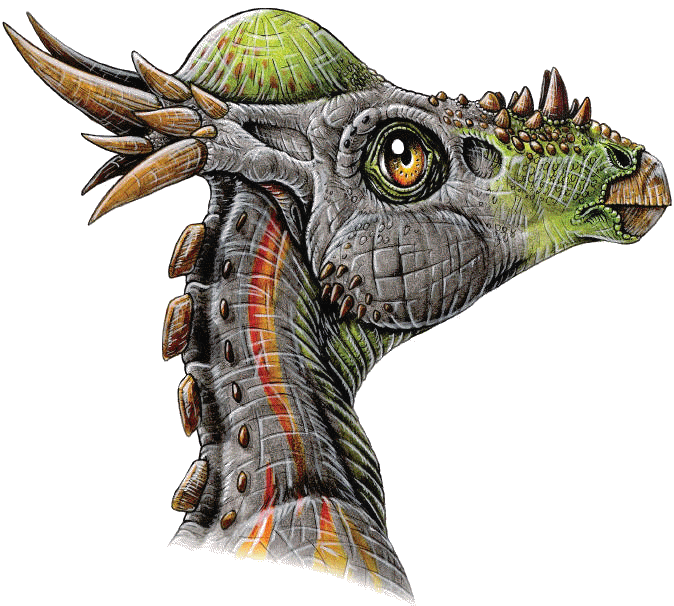
Picture by : http://www.raul-martin.net/raulmartin/uno/kritosaurus.htm
Kritosaurus
by : http://www.typesofdinosaurs.com/kritosaurus- Other Names: Gryposaurus (not confirmed)
- Pronunciation: CRY-tuh-SAWR-us
- Translation: Noble Lizard
- Order: Ornithischia
- Suborder: Ornithopoda
- Infraorder: Iguanodontia
- Family: Hadrosauridae
- Height: 23 feet (7 meters)
- Weight: 5,950 pounds (2,700 kg)
- Length: 30 feet (9.1 meters)
- Period: Late Cretaceous
- Description: Herbivore, Bipedal
- Notes: Kritosaurus was found in New Mexico by Barnum Brown,the great American Museum of Natural History collector. Thisduckbill dinosaur had a wide, flat skull and a ridge of bone justbelow its eyes. This would have given its mouth and snout theappearance of a "Roman Nose," hence its name "Noble Lizard."There is considerable evidence that Kritosaurus and Gryposaurusare the same species but there appear to be differences in theirtooth structure.




